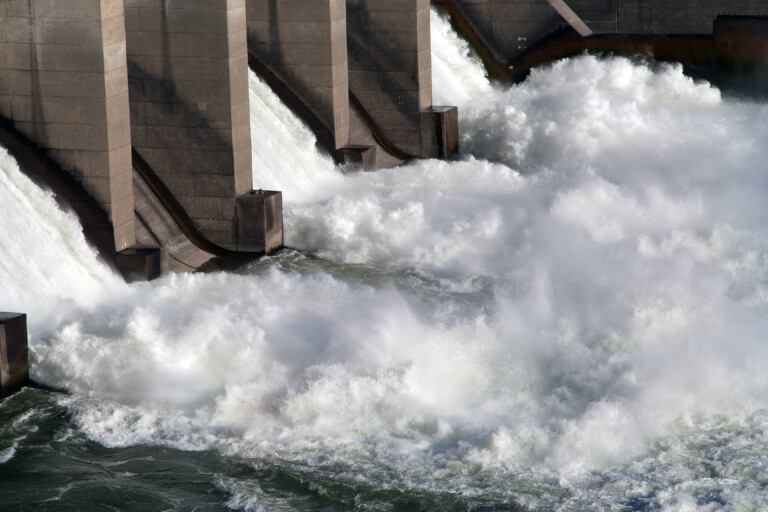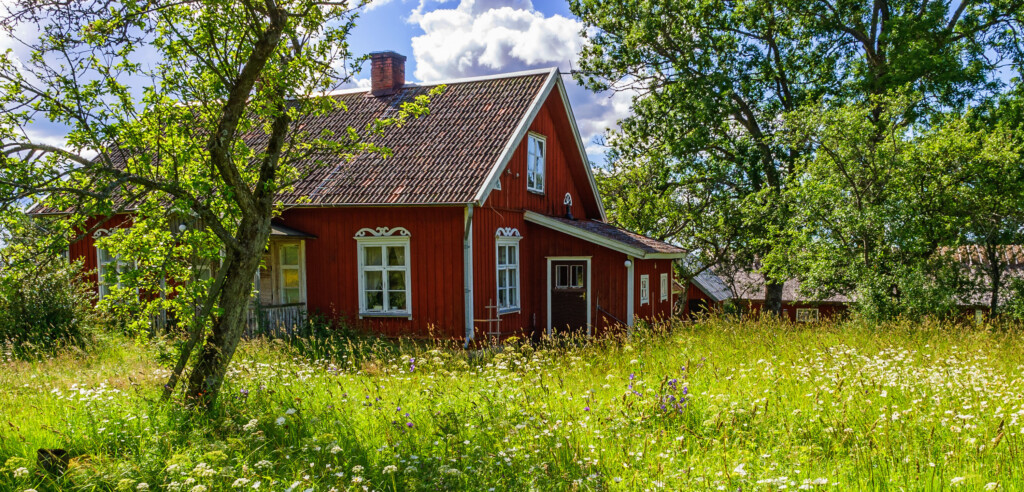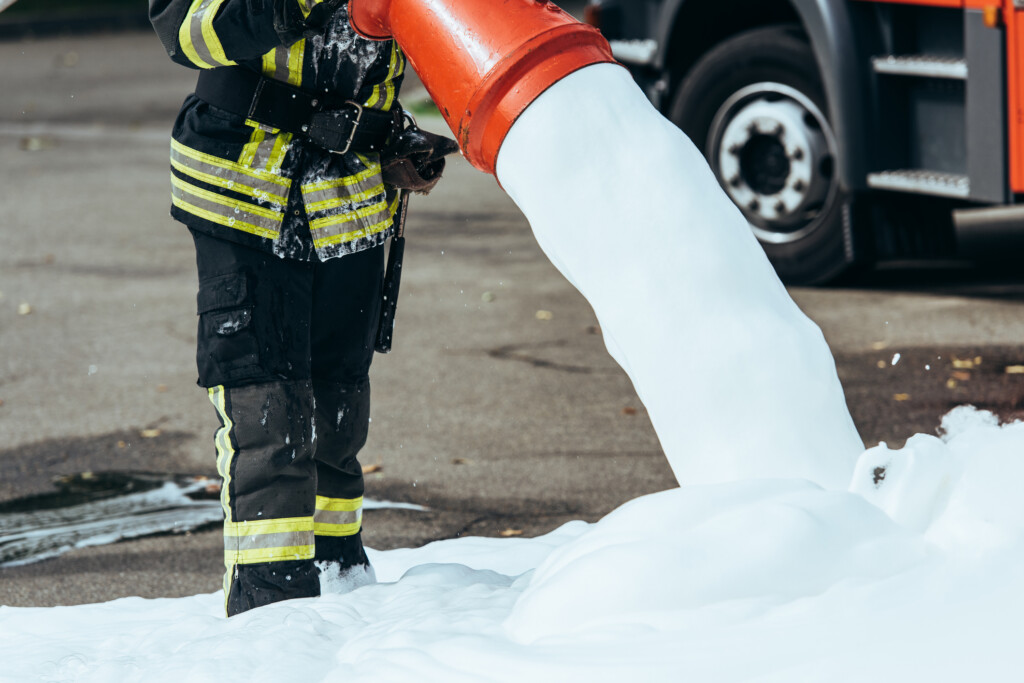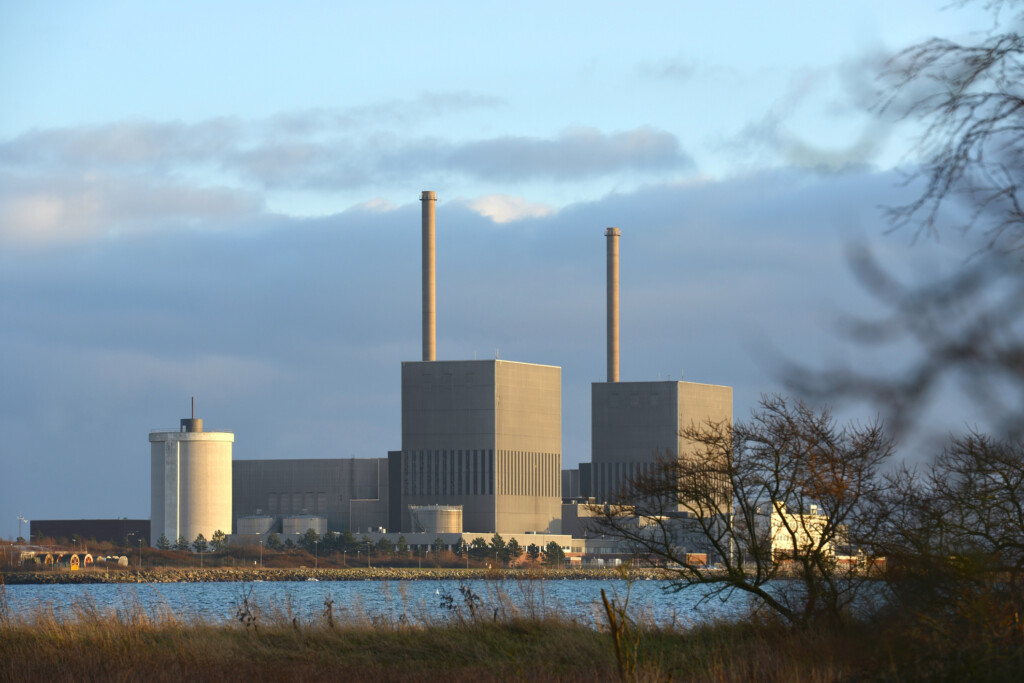Transport
Historical climate research can prevent future famines
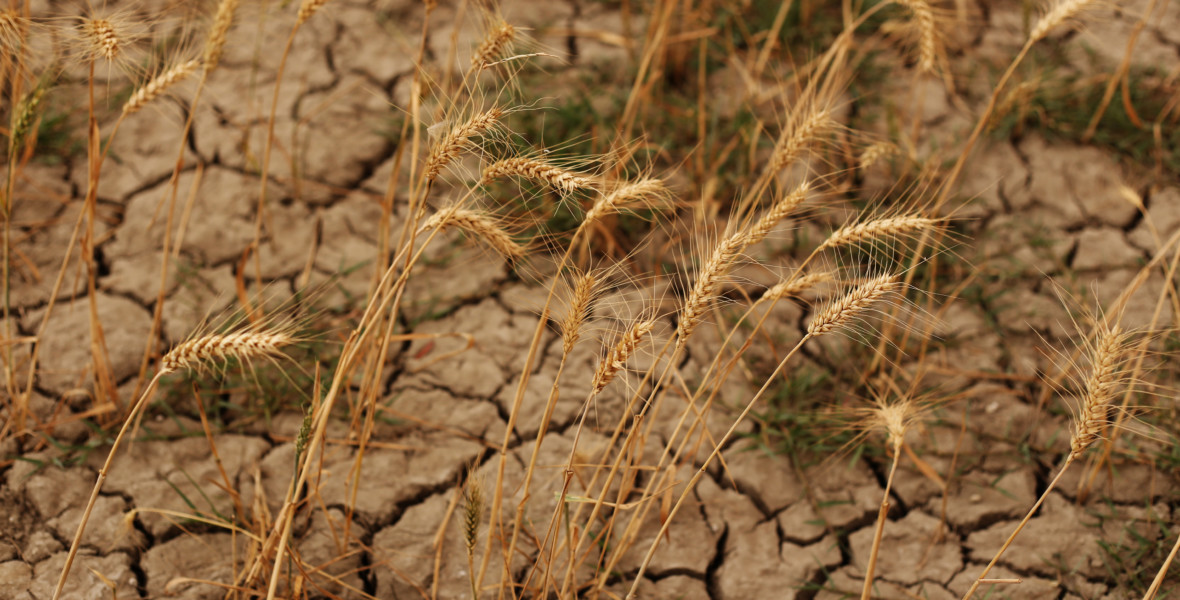
By studying past famines, we can get better at predicting and minimising hunger crises in the future. Researchers are investigating how changes in the climate and other global factors affect the risk of food shortages.
Prenumerera på Extrakts nyhetsbrev!
Läs mer
Håll dig uppdaterad! Få kunskapen, idéerna och de nya lösningarna för ett hållbart samhälle.
Personal data is stored only for the mailing of Extrakt newsletters and information related to Extrakt’s operations. You can cancel the newsletter at any time, which means you will no longer receive any emails from us
The insight that we are facing a climate crisis has sparked interest in research on historical climate disasters. Perhaps the impacts of past cold and hot or dry and wet periods can help us understand our future challenges.
This is the view of Fredrik Charpentier Ljungqvist, who is researching historical climate change and its impact on communities. In an ongoing international project, he is investigating how different communities in northern Europe survived the periods of famine that occurred from the 16th century to the 19th century.
“In a first step, we look at what the climate was like in different locations and how it affected the harvest. In a second step, we take into account different societal factors,” Charpentier Ljungqvist says.
Different communities, different sensitivity
The project aims to identify which types of communities are most vulnerable in periods of crop failure.

“It might be that some communities are extra sensitive to a reduction in food production. In some cases, it takes just a minor supply shortage to cause starvation, while other communities can cope with a fairly large shortage,” Charpentier Ljungqvist says.
He explains that scientists in the natural and the social sciences often tackle the issue of famine in different ways. In the natural sciences, hunger crises are viewed as a direct consequence of harvest failures. From this perspective, a central method for fighting hunger would be to find ways to grow crops that reduce the risks associated with drought, for example.
By contrast, the social sciences explain hunger crises by focusing on social factors like war and lack of social security systems. Charpentier Ljungqvist explains that there are several examples illustrating that famines can occur even though food is available. He mentions the 1932 33 famine in the Soviet Union as one example. This famine was caused partly by a severe drought, but also by sacrificing certain areas for other ones. Food was simply moved from regions that were considered less important to the central parts of the country. This was done partly to punish areas that expressed political opposition to the regime.
Climate change increases the risk
In his international research project, Charpentier Ljungqvist is identifying the combinations of environmental and societal risk factors that caused famines in past eras in Europe. What makes this project unique is that he is weighing both the natural science and the social science perspective.
He hopes that these perspectives will be able to offer a more complete picture of what propels a hunger crisis. Which factors really weigh most heavily? Such knowledge can be important as we move towards a future with more heatwaves and dry spells, although here in Europe food shortages are not a likely future scenario. On the contrary, Charpentier Ljungqvist’s previous research indicates that rising average temperatures will produce better harvests in our part of the world. A recent study shows a surprisingly strong correlation between long-term temperature increases and good harvests.
In all other parts of the world, however, rising temperatures are not as beneficial.
“Above all, I think that our results can be indirectly useful for aid efforts by improving the prediction and prevention of famines,” Charpentier Ljungqvist says.
Growing interest in historical climate
The heightened interest in historical climate research is most evident in Europe, he says. He mentions the Czech Republic and Switzerland as countries at the forefront, but also sees growing interest in the Nordic region.
It can sometimes be a challenge to talk about historical climate change, because some people interpret it as proof that the climate crisis we’re now facing may not be caused by us humans at all. Rather, it can be used as an excuse not to try and curb global warming.
“We’ve got to understand that the climate can both change naturally and be shaped by humans,” Charpentier Ljungqvist says.
One of the most essential tasks of historical climate research, as he sees it, is to put our contemporary climate challenges into a historical perspective.
“By studying the most extreme weather disasters, way back in time, we can get a benchmark for how bad things can become in a worst-case scenario even without human impact on the climate,” he says.
Perhaps we can also learn more concrete lessons by looking at how people throughout history have dealt with various natural disasters and what the results were. But on this point, Charpentier Ljungqvist is more cautious. Society has changed significantly, so it is not certain that the best action to take today is the same as before. “We might also need to do a bit of soul-searching about how willing we really are to learn from history,” he says, taking the 2005 floods in New Orleans as an example.
“The parts of the city from the 18th century were built a little higher and were spared, whereas many of the newer buildings were destroyed,” he says.
The rise in sea levels is well documented – yet we continue to build close to coastlines.
“It seems like we’re prepared to take that risk because we really want to live near the water. We don’t always care about the knowledge that exists.”


